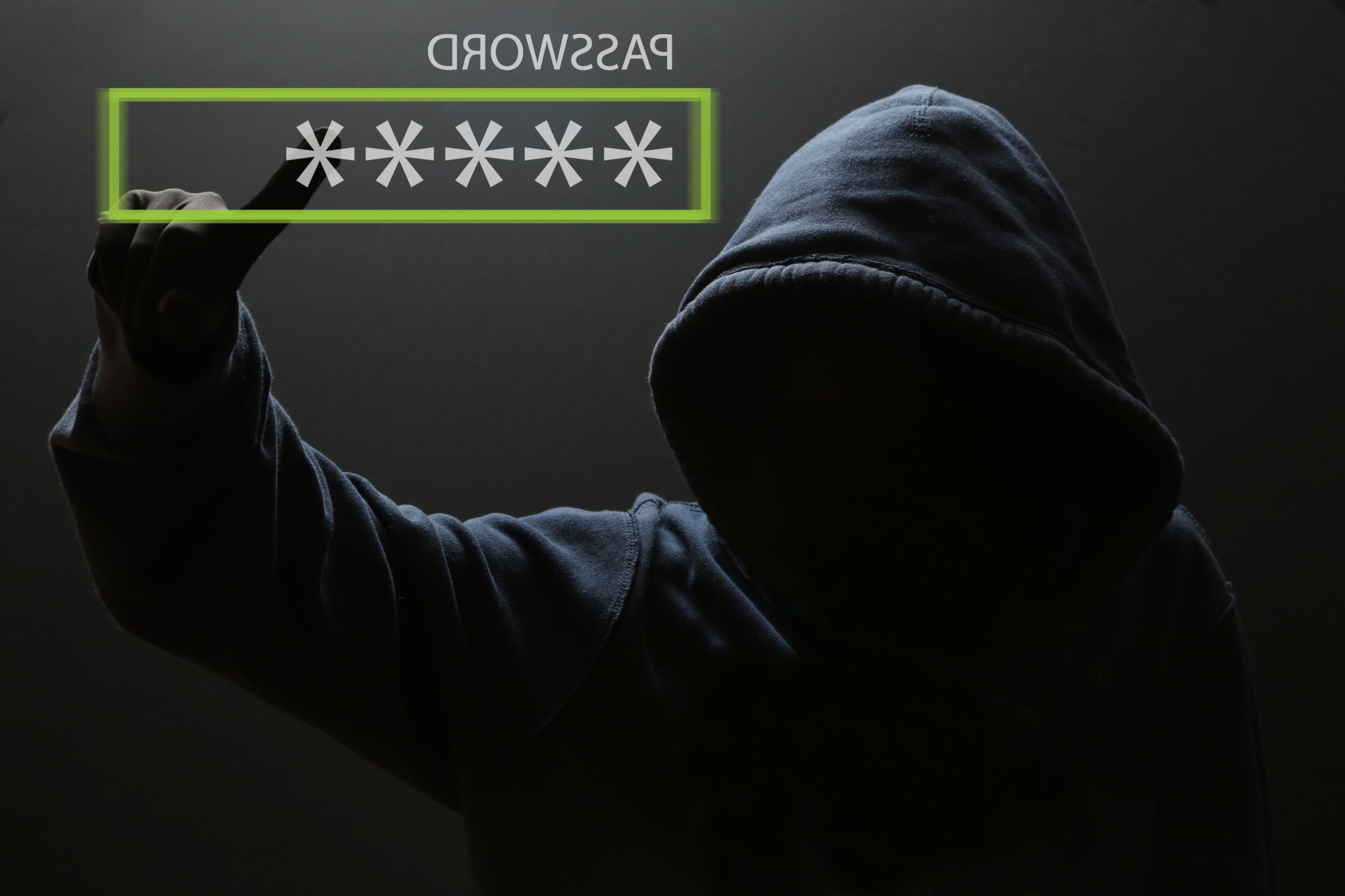
Social media is embedded in our lives—Facebook alone had 1.79 billion daily users as of September 2016—which means cyber criminals are not far behind.
As companies increasingly rely on this digital channel for marketing, recruiting, customer service and other business functions, social media also has become a highly effective vehicle for cyber attacks. Outside of the corporate network perimeter and an organization’s control, it throws traditional security approaches out the window.
A growing category of digital risk monitoring vendors, identified by Forrester Research Inc. in a recent quarterly Wave report, are catering to this problem. According to the report, digital channels—social, mobile, web and dark web—“are now ground zero for cyber, brand and even physical attacks.”
The ways in which cyber criminals weaponize these channels are limited only by their imagination. Hackers can create fake corporate accounts for harvesting customer credentials, impersonate company executives, damage the brand’s reputation, and post legitimate-looking links that contain malware.
According to Cisco’s 2016 annual security report, Facebook, for example, was the top mechanism last year for delivering malware, through social engineering, in order to gain access to organizational networks.
“(Social media) is a business technology platform and because it’s been adopted at all levels of business … organizations have to figure out how to protect it,” says Evan Blair, co-founder and chief business officer at ZeroFOX, a digital-risk monitoring (DRM) vendor launched in 2013.
“And it’s a gold mine for intelligence on individuals,” he adds.
Social media—the ideal weapon
The sheer volume of traffic on social networks is a magnet not only for businesses but also for the criminal element.
According to the Pew Research Center, 79 percent of internet users are on Facebook, the most popular social network. About a third of internet users are on Instagram and a quarter are on Twitter.
Better click-through rates and lower advertising costs, among other things, are compelling companies to throw more money at social media advertising (Hootsuite estimates social media budgets have nearly doubled, from $16 billion in 2014 to $31 billion in 2016).
But it’s not just the growing numbers of users and increased brand presence that creates an attractive playground for bad actors. It’s easy to create new accounts and instantly attract followers—which means it’s easier than email for reaching a massive number of people with a phishing attack.
Adding to the problem is the fact that social media can be highly automated because it was built on an open API (application programming interface) that allows developers access to proprietary applications.“It’s a frictionless environment that allows you to communicate immediately,” says Devin Redmond, general manager and vice president of digital risk and compliance solutions for Proofpoint, another DRM vendor.
“Social media was built with automation in mind,” Blair says. “You can create an account that interacts completely autonomously.”
Even though email remains the medium of choice, according to various security companies, email phishing is on the decline. Social media phishing, on the other hand, is growing.
Why organizations are at risk
Eric Olson, vice president of intelligence operations at LookingGlass, says what makes digital risk a high priority is the fact that it’s a business risk that touches multiple facets of an organization. It not just about cybersecurity—it also involves compliance, human resources and legal, among others.
He says it’s important for security practitioners to focus on the how — e.g. phishing — rather than the channel it came from.
“You have to be able to keep eyes in all the dark corners,” Olson says.
A new technique Proofpoint identified in 2016 is angler phishing. Bad actors create a fake social media account on, say, Twitter, using stolen branding. They watch for customer service requests addressed to the legitimate account for a bank or a service like PayPal. They then tweet a reply with a link to a lookalike fake website where the customer is asked to enter login credentials.
Despite this growing threat, however, many security practitioners are not aligned with social media, Redmond says.
“The pace of adoption of social by enterprises and the pace of the risks that are evolving around that are growing much faster than people are addressing those risks,” he says.
An emerging space
The offerings of the vendors in this space vary. For example, ZeroFOX focuses largely on social media. Proofpoint covers social, mobile, web and email. LookingGlass integrates machine readable/open source feeds, analyst services, threat intelligence tools and appliances.
Whatever approach they take, more security companies are likely to join in since the market is still growing.
But even savvy companies are struggling to secure these channels. The hacking of Microsoft’s Skype for Business Twitter account in 2014 is proof—the Syrian Electronic Army wasted no time tweeting negative messages after taking over the account. They got some 8,000 retweets.
“Social media is the best attack platform for a nation-state actor and sophisticated cyber criminals, not just because it’s the easiest one to leverage for compromise, but it’s also completely anonymous,” Blair says.
Redmond expects mobile to be another rising digital frontier, as more bad actors use fraudulent apps to do things like harvesting credentials.
“If you look at it through the lens of bad actors, they’ve figured out all these are effective vehicles,” he says. They don’t have to break in anymore — they just have to pretend they’re someone else.
He adds, “They can do that more rapidly, at a greater scale, with less chance of detection.”
This article originally appeared on ThirdCertainty.com and was written by Rodika Tollefson.










